Brick vs. Stucco: What You Need to Know
When buying or building a home, you might be at crossroads: brick or stucco? Most homebuyers are familiar with brick and its attributes, but some may be a little less familiar with stucco.
“Stucco, or generally known as plaster, is a porous material and requires a sufficient waterproofing layer behind the typically one-inch plaster finish,” Robert Lawrence, architect for Landworks Development Services in Costa Mesa, California, told neighborhoods.com.
So which is better? What are the cost differences? Which lasts longer? Unfortunately, there’s no easy answer, just as there are no easy decisions in homebuying. But that's the way homebuying should be—there are a lot of options out there, and you need to consider the many variables before making a choice. When choosing between brick and stucco, there's a lot to take into account. So where does one start?
Editor Note: This post has been updated to reflect the most accurate information.
CHECK OUT MORE CONTENT FROM OUR HOMEBUYERS WEEK
Location, Location, Location
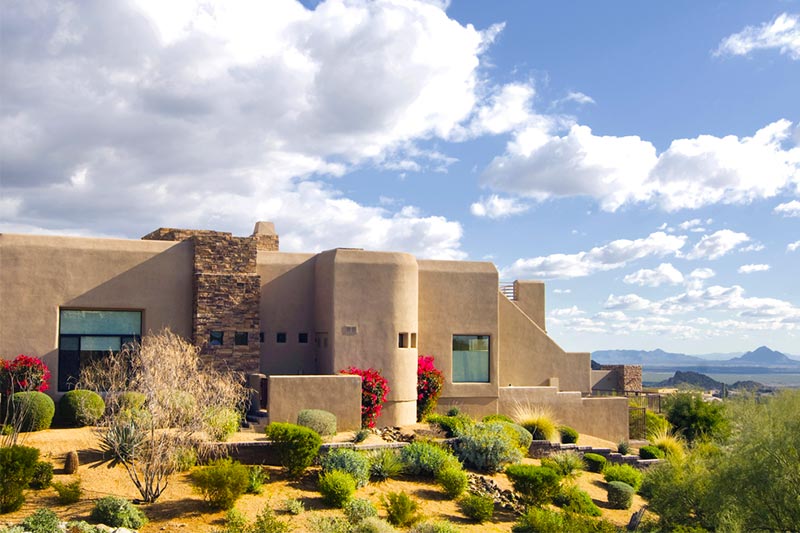
Geography is a huge factor when selecting brick or stucco. In the U.S., stucco is widely used in Arizona, California, Florida, Nevada, and New Mexico. If you're moving to or relocating within these states, you'll likely find many stucco homes. Stucco is prevalent in South America since the materials necessary to make it are fairly abundant and excessive moisture isn't much of an issue.
“The differentiating factor for use of brick and stucco is moisture in the environment. If you do not require the moisture resistance of brick, then stucco is a more practical construction method thanks to its quick application and low repair cost,” Evan Roberts, real estate agent with Dependable Homebuyers in Baltimore, told neighborhoods.com.
"If you do not require the moisture resistance of brick, then stucco is a more practical construction method thanks to its quick application and low repair cost."
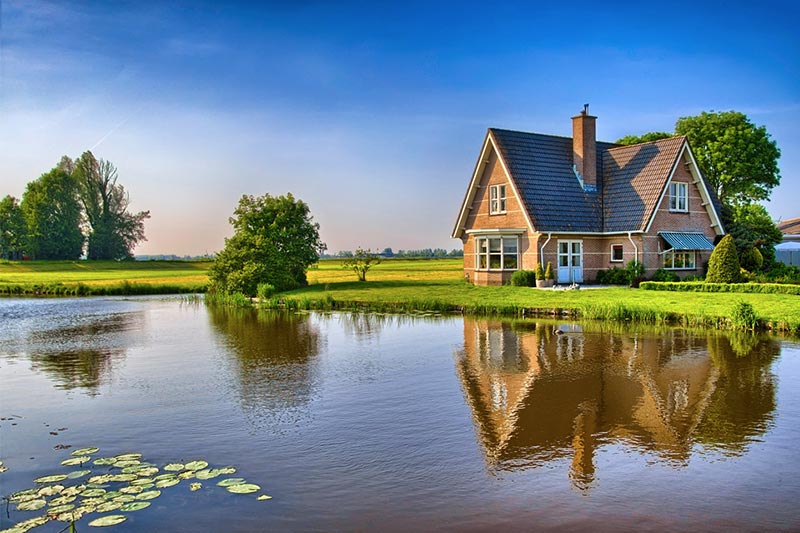
Moisture can pose a problem for stucco, potentially causing rot and mold. Material complications can occur with one-coat stucco, three-coat stucco, and synthetic stucco (referred to as EIFS, or Exterior Insulation and Finish Systems), but only when these construction methods are not done properly. Nikolay Radnev, a Home Renovation Specialist at Fantastic Services in the U.K., explained:
“Keep in mind that the most devastating effect on stucco walls comes from water that might get between the wall and the stucco. Very often this will lead to a loss of adhesion and inevitable peeling off of the coating.”
Hot and dry climates are ideal for stucco, especially in the aforementioned states. Because of the abundance of it, it's actually cheaper than brick in these states, and in the right environment, it can last a long time.
Brawny Brick or Sturdy Stucco
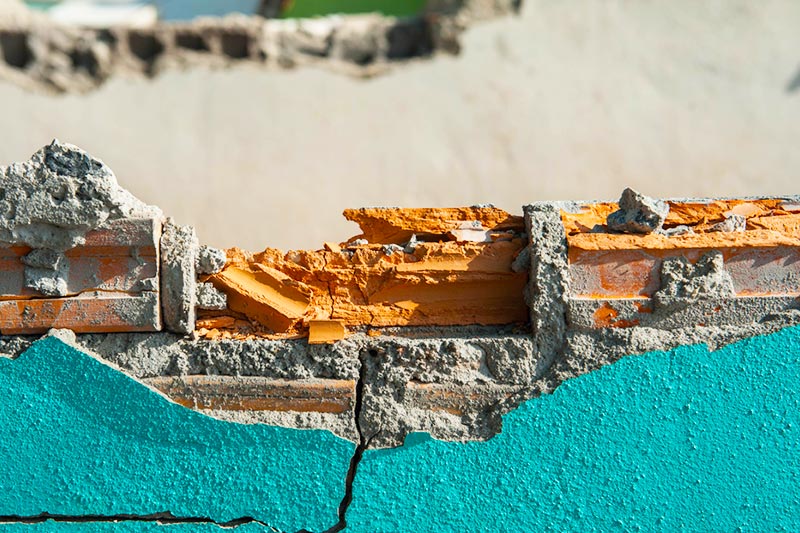
In California and other earthquake-prone states, housing material is held under closer scrutiny. In the early 20th century, California was hit hard with earthquakes, which, although tragic, taught some valuable lessons. Brick buildings were among the most common structures in populated areas and were also damaged the most by the earthquakes. Evan Roberts notes that repairing this damage is an important factor to consider.
“While a brick exterior can last over a hundred years, any deterioration requires full replacement of the brick in these affected areas. This is a time consuming and expensive repair. Stucco on the other hand can be easily patched and painted to blend in with the rest of the exterior.”
This is not to say that brick doesn't hold up as well as stucco. Firm and dry stucco can crumble just as easily and be even costlier to repair. Yet, when constructed properly, both are advantageous materials for earthquake-susceptible areas.
Withstanding the Winter
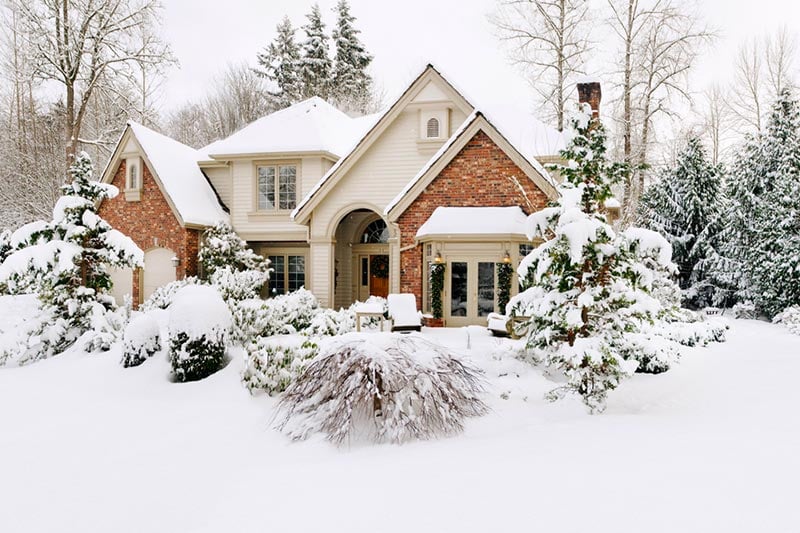
If you’re moving to an area that has cold winter months or frequent precipitation, then you might find brick to be the more abundant and better option. Generally, the costs of brick compared to stucco are very comparable, but again, it depends greatly on where you are building.
According to Jeffrey Miller, co-founder of the AE Home Group real estate team in Maryland:
"In parts of the country like Baltimore, it's the aesthetic of a brick home that defines the area's architectural history. It has been a preferred material because of its ability to stand up to Baltimore's humid summers while providing insulation for Baltimore's cold winters. In a climate that experiences rapid changes in temperature, stucco could have performed poorly due to its propensity to crack when expanding and contracting."
With snow and consistent rainfall, brick is the better buy. Brick can keep homes warm in the winter and cool in the summer. The typical construction method with brick allots a one-inch margin between the brick and the sheathing. This gap allows for moisture to run down. Bricks are porous so moisture can permeate them—that's why that gap is crucial.
Time is Money
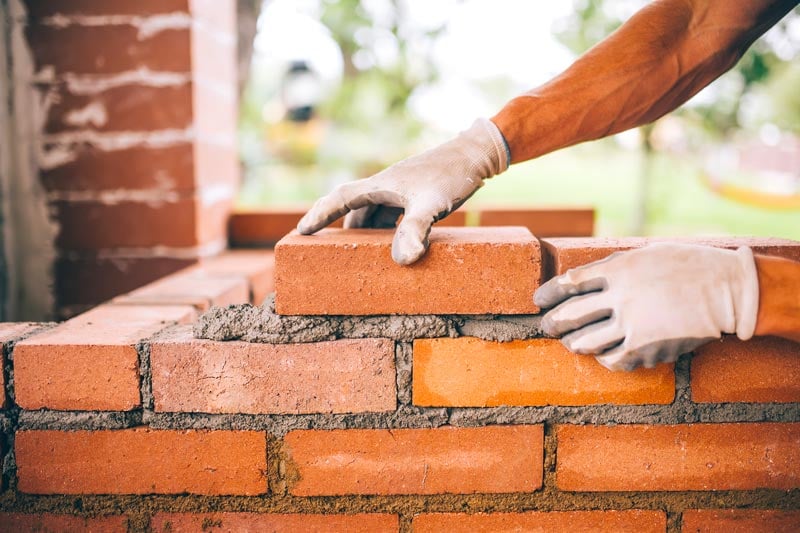
Another factor is time. When building a home, labor costs make up half the equation (the other half being material costs). As with most things, when it comes to construction you get what you pay for. Good contractors will be at a higher price point, so the shorter the time frame for a build, the better the deal.
To better understand the construction methods of both brick and stucco, neighborhoods.com consulted Dean Luland, director of Period Home Pointing, a brick restoration company in Australia.
“Bricks are laid fairly traditionally, in rows of bricks. A bricklayer will apply mortar to two sides of the brick and place it in position. Stucco is installed as a render against an existing wall.”
Brick is fairly quick to lay and masonry is becoming more efficient every year—especially when you consider automated layers and 3D print manufacturing. Traditional stucco, on the other hand, takes about a month to cure a single layer, and three-coat stucco requires three layers. That time adds up and, while stucco can be thrown up a bit faster than brick, there's a lot of wait time involved.
According to Radnev, if you chose to go for stucco installation, it requires “a big investment at the beginning, but it's a worthy expenditure because it guarantees longevity, recedes your energy bill, it insulates your home very well, reduces sound transmission, and it’s also a fire retardant.”
Contractors are a big part of this brick versus stucco dichotomy. In many cases, architects and contractors can't obtain liability insurance with stucco designs since it's prone to mold, rot, and deterioration if not manufactured and installed properly.
Stucco is Bringing Style Back
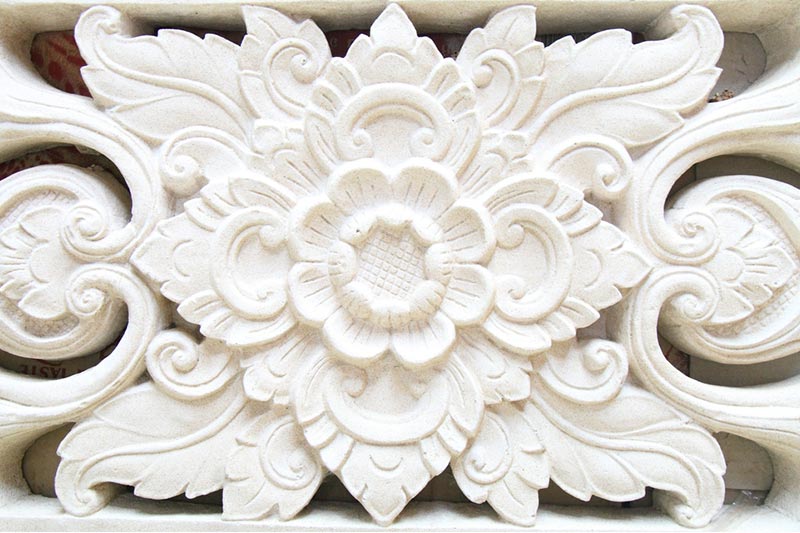
At this point brick sounds pretty good, right? Well, what about aesthetics? Style choices and design are all subjective, of course, but when it comes to visuals, stucco just might have brick beat. Bricks can come in a good number of shapes, sizes, and colors, but they are always limited to basic tessellation patterns.
If looking for which stucco installation allows the best aesthetic variety, Radnev recommended EIFS because it “gives designers and architects a lot more flexibility when it comes to aesthetics and appearance of the building with a great variety of textures, colors and decoration.”
As for brick styling, Luland offered some insight: “Improvements in the design of bricks (brick textures, and mortar colour combinations), have meant that brick has remained popular despite it going through those ugly decades.”
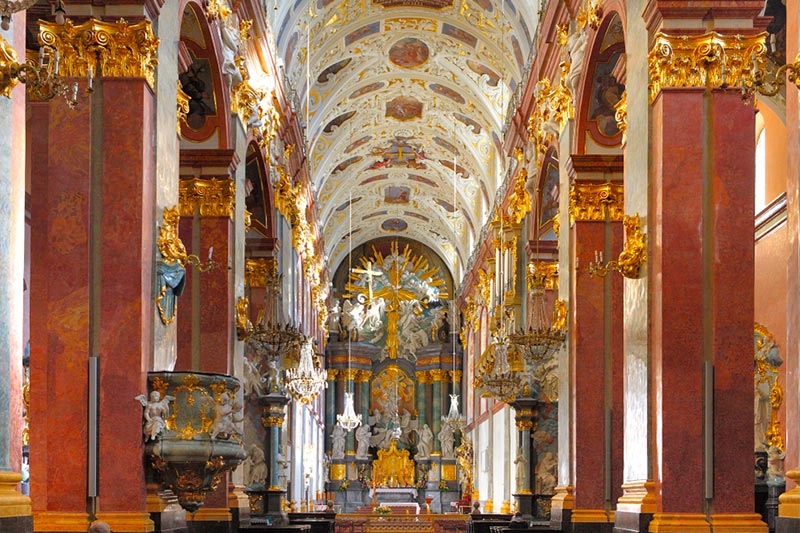
It’s true that brick can be painted just like stucco, but only stucco can be molded into almost anything. Busts, trim, texture—all are open to a variety of methods and styles. One only needs to see the elaborate interior of Jasna Góra Monastery in Częstochowa, Poland, to see what stucco is capable of. The exterior, however, is brick, providing a beautiful example of both building materials' creative potential.
At the end of the day, brick outranks stucco in most categories, but accept these results at face value. There are always exceptions and myriad variables and factors to consider. It goes without saying that homebuyers and home builders need to fully weigh their options to make the best informed decision.

